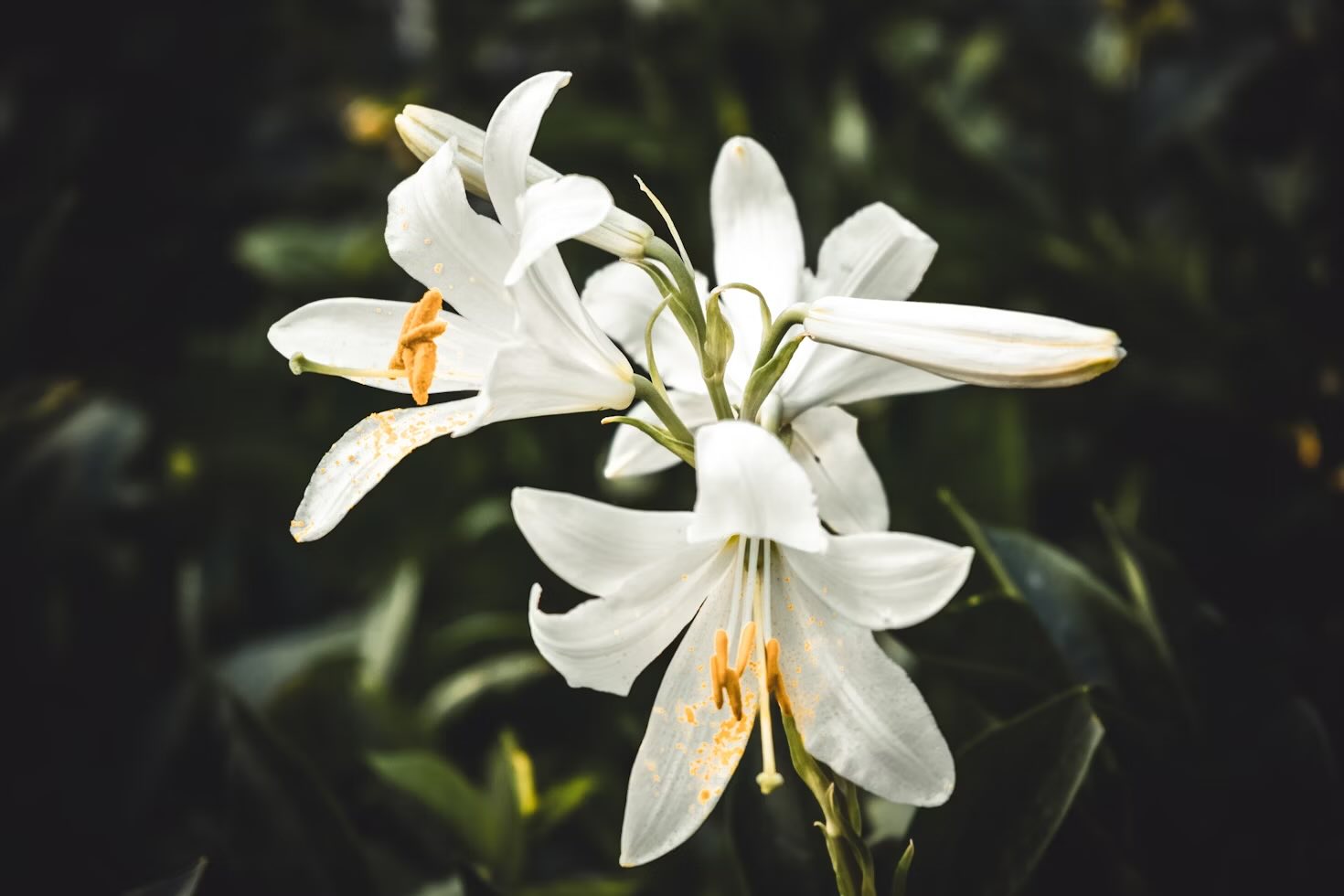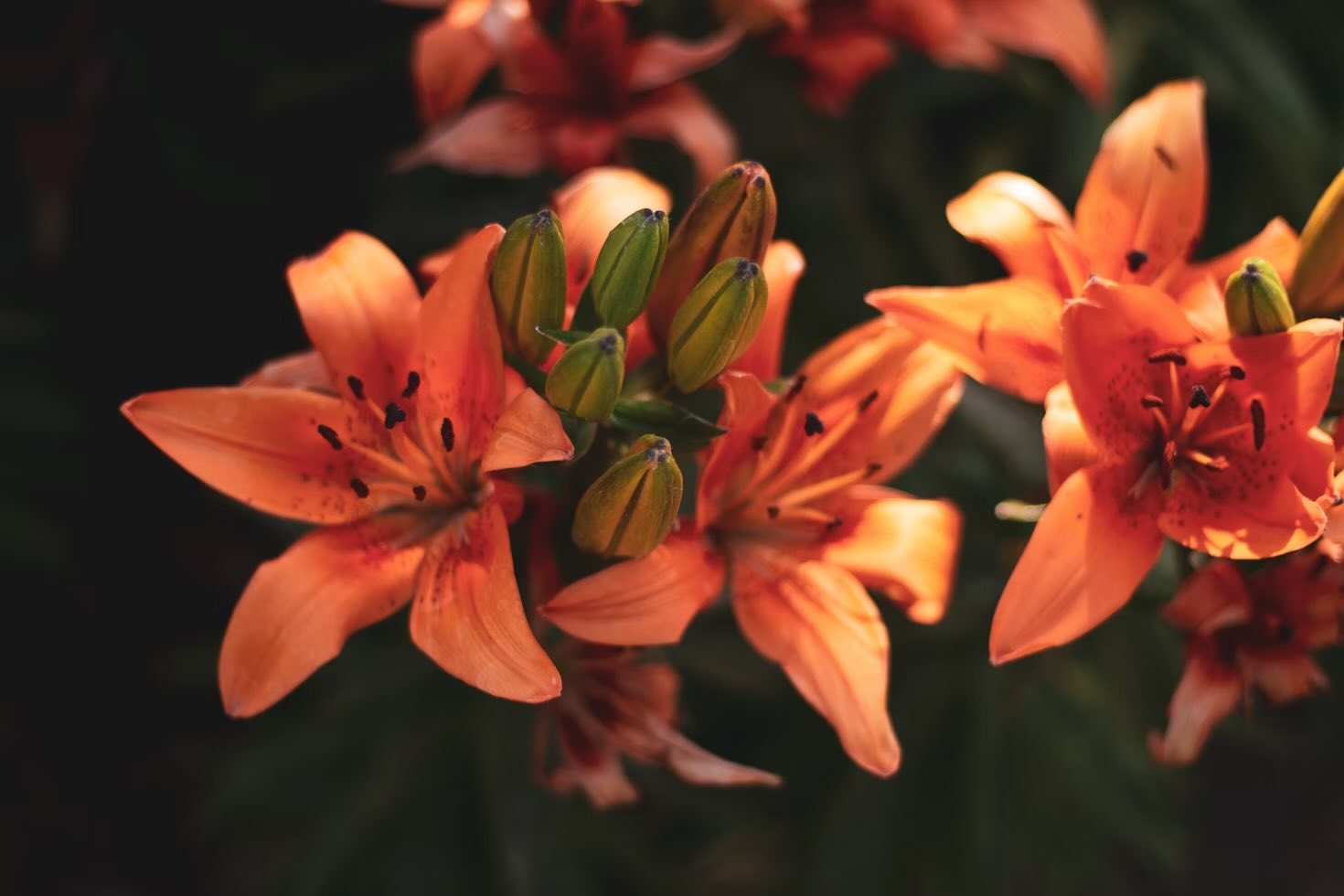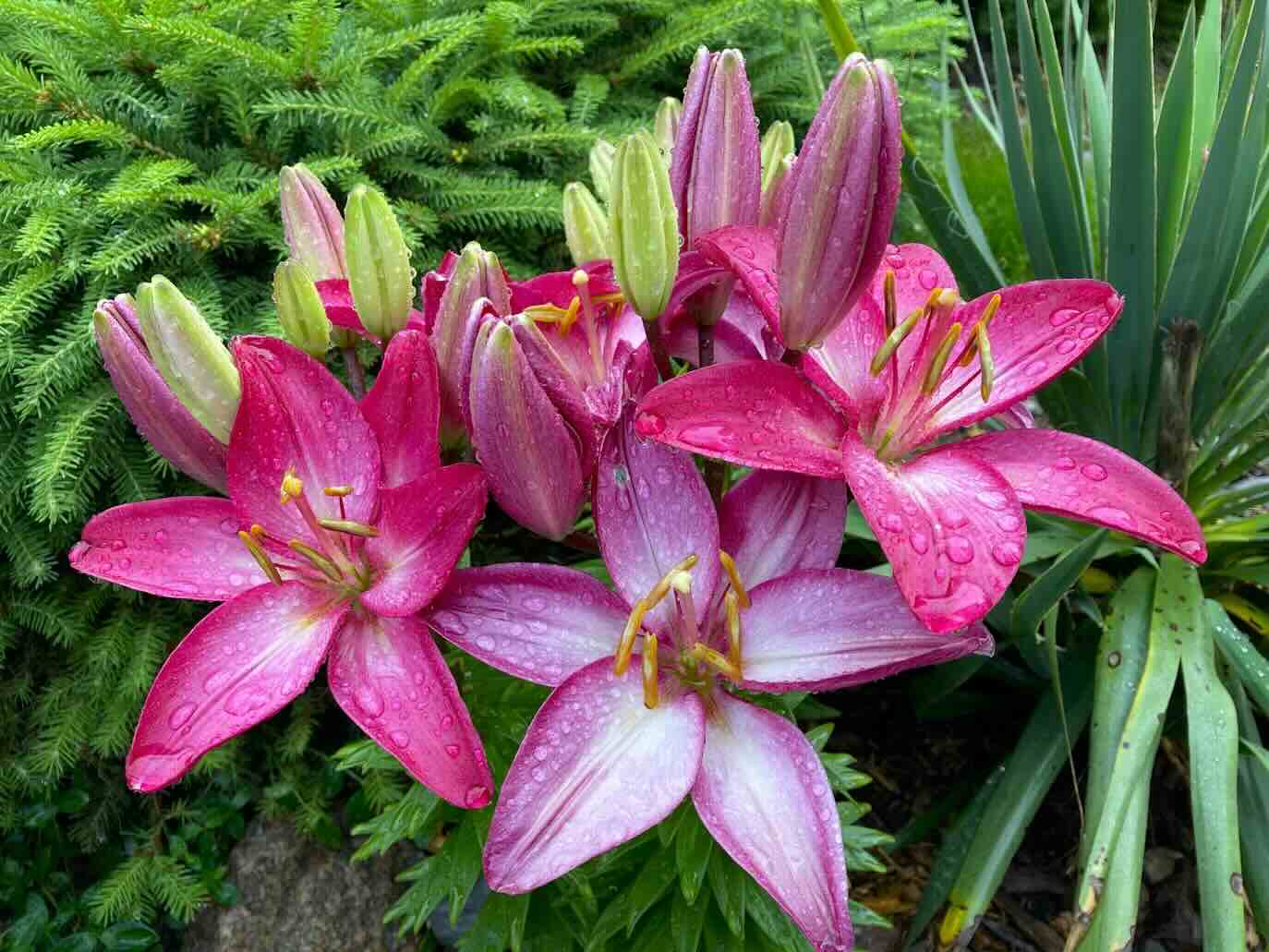White blooms lining the lengths of your flower beds and exuding enchanting fragrances are all one could ask for. Lilies are exotic flowers whose elegance and grandeur can be rivalled by only a few others.


Source: Unsplash
Although some lilies with big white petals are renowned as Funeral Flowers and might present a gloomy vibe to some. However, if we think about it. They are only used at funerals because we all want to send our loved ones off the best way. And what else than a graceful flower can do the job?
Coming down to the part of growing these flowers in your garden. You need to decide which type you want to grow.
Types of Lilies
Lilies are naturally present in a variety of colours, styles and bloom times. You can pair up two to three types to get creative with pairings and enhance their aesthetic appeal.
There are mainly two types of lilies:
Asiatic Lily:
Asiatic lilies have varying colours ranging from white, yellow, red, and orange down to almost black, but often lack fragrance. Even if they have fragrance, it is not strong. They are smaller and tend to flourish in the alkaline soil. This feature makes them resilient and easier to grow.


Oriental Lily:
Oriental lilies are huge, fragrant and present beautiful hues of pink. Lining these in your garden will be heavenly. They grow and thrive in acidic soil as compared to the Asiatic ones and therefore they need to be grown in containers of ericaceous compost.


Best Area To Plant Lilies
Each garden has its own uniqueness and soil conditions making it harder to decide if lilies will grow properly or not. Lilies are ideal to grow in areas of your garden getting full sun. So, given that, reserve a patch that is directly under the sun most of the day and grow the type of lily you want.
For Oriental lilies, you will need to check if the soil is acidic or else use ericaceous compost to boost their growth.
In case you want to grow Asiatic Lilies, the soil needs to be either neutral or alkaline. You can also use multi-purpose compost to make it work.
Right Time To Plant Bulbs
Everyone knows that Lilies and Summer season go hand in hand. However, summer is their blooming season and shouldn’t be confused with their planting season. The best season to plant lily bulbs is in Spring or Fall. Unlike other flowers like daffodils or tulips, the lily bulbs dry out easily due to the lack of protective covering. Therefore, it is important to plant the bulbs as soon as possible.
Plant in Groups
Lilies are like social butterflies, which look the best when planted in clusters. Dig a patch about 8 inches deep and spread all-purpose fertiliser on its bottom. Mix it around in the soil and put some loose soil back over it. Now place the bulbs over loose soil so that they are around 6-7 inches deep.
If your garden is messy with rubbish lying around and not well groomed, you can also grow lilies by planting 3 bulbs per 2-gallon pot while rubbish removals Luke does the cleaning of your garden. Once done you can replant them in the soil or let them stay in the pots as per your preference.
Care For Lilies
Lilies are not complicated to take care of. Just follow the steps and you are good to go:
- During summer when lilies are actively growing, water the flowers profusely.
- Keep the roots of lilies cool by mulching. Ensure that mulch is moist but not dripping.
- Apply a thin layer of compost each spring and add mulch over it.
- Spread high potassium liquid fertiliser fortnightly from the planting time to 6 weeks after flowering.
- Remove the faded flowers regularly so the plant won’t waste its energy in making seeds.
- Cut down the dead stalks in early spring or late fall.
- Root growth can be retarded in winter. Therefore, add a thick layer of mulch about 4-6 inches to delay the ground freeze.
- Keep the soil moist in the winter season if your region doesn’t have snow cover.
Final thoughts
Lilies, as in, actual lilies, and not your everyday daylilies or water lilies, can add an elegant touch to your garden. Besides their beauty, their refreshing and smooth fragrance adds to their magnificence.
Grow these perennial flowers in your garden and let them add a colourful touch to it.
